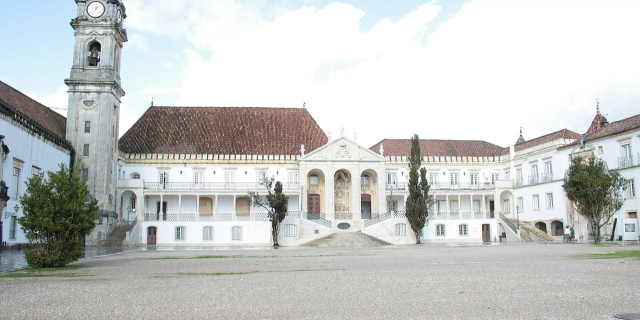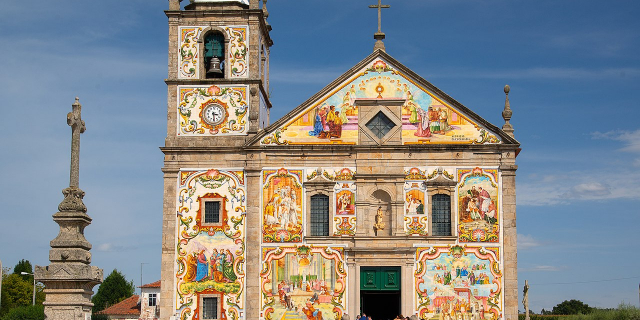Universidade de Coimbra
( University of Coimbra )
The University of Coimbra (UC; Portuguese: Universidade de Coimbra, pronounced [univɨɾsiˈðaðɨ ðɨ kuˈĩbɾɐ]) is a public research university in Coimbra, Portugal. First established in Lisbon in 1290, it went through a number of relocations until moving permanently to Coimbra in 1537. The university is among the oldest universities in continuous operation in the world, the oldest in Portugal, and played an influential role in the development of higher education in the Portuguese-speaking world. In 2013, UNESCO declared the university a World Heritage Site, noting its architecture, unique culture and traditions, and historical role.
The contemporary university is organized into eight faculties, granting bachelor's (licenciado), master's (mestre) and doctorate (doutor) degrees in nearly all major fields. It lends its name to the...Read more
The University of Coimbra (UC; Portuguese: Universidade de Coimbra, pronounced [univɨɾsiˈðaðɨ ðɨ kuˈĩbɾɐ]) is a public research university in Coimbra, Portugal. First established in Lisbon in 1290, it went through a number of relocations until moving permanently to Coimbra in 1537. The university is among the oldest universities in continuous operation in the world, the oldest in Portugal, and played an influential role in the development of higher education in the Portuguese-speaking world. In 2013, UNESCO declared the university a World Heritage Site, noting its architecture, unique culture and traditions, and historical role.
The contemporary university is organized into eight faculties, granting bachelor's (licenciado), master's (mestre) and doctorate (doutor) degrees in nearly all major fields. It lends its name to the Coimbra Group of European research universities founded in 1985, of which it was a founding member. Enrolling over 25,000 students, more than 15% of whom are international, it is one of Portugal's most cosmopolitan universities.
Coimbra's alumni over the centuries include Portugal's national poet Luís de Camões, the mathematician Pedro Nunes, many statesmen, prime ministers and presidents of Portugal, and Nobel Prize laureate António Egaz Moniz.
"The Freshman's Reception" (Recepção ao Caloiro, the Portuguese name for university homecoming) goes back to the 19th century when the law students of the University of Coimbra felt the need to express their joy at finishing the school year in as loud a way as possible, using everything at their disposal that would make noise, namely tin cans, which is the original root of "The Tin Can Parade".[1]



































Add new comment